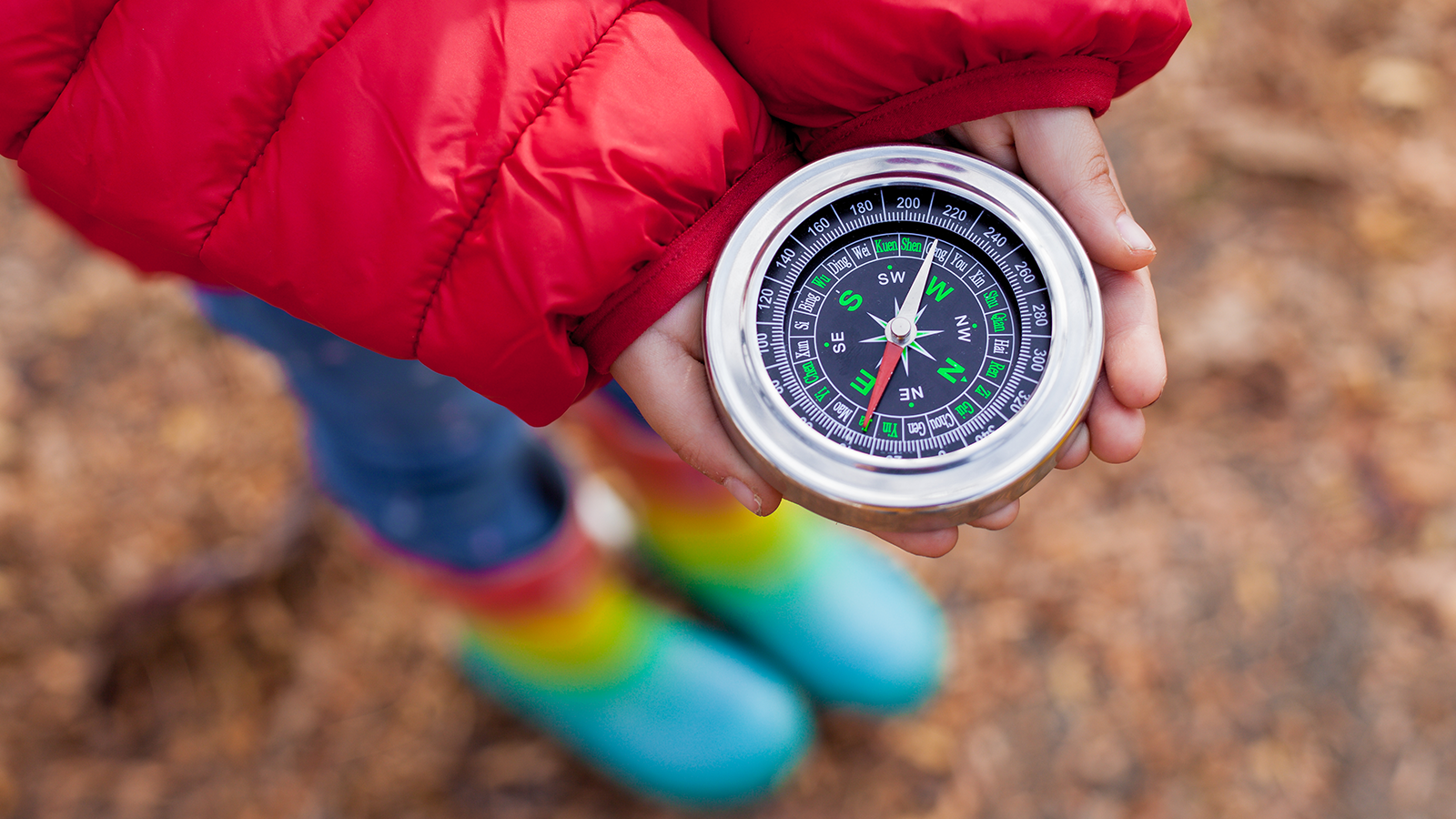
Children need to learn the beauty of the natural world before they become interested in saving it. Young children learn through their senses and experiences. In an everyday walk, children can learn how the weather changes, how people interact with the environment, how things move, and the characteristics of a place. Parents and teachers can help children learn the basis for geographic knowledge in everyday experiences. The following recommendations can be used as inspiration during a field trip or for parents to utilize for a fun outdoor activity.
At Home
Keep a globe or a world map near the television and use it to locate places talked about on television programs, or use a map to follow the travels of your favorite sports team. Read stories and books about distant places with your children, and share magazines such as National Geographic. Use directional and positional terms with children when you speak to them: Put the socks into the top drawer on the left side of the chest. Draw a blueprint layout of the rooms in the house and plan a fire drill route. Play bingo to teach children how to read a grid. Start a backyard habitat area with food, water, cover, and places to raise young.
In the City
If you live near an historical site, visit it and talk about what happened there and why it’s important. Look for other points of interest in your town, such as monuments and memorials, and learn more about them and why they were put at a specific place. Visit libraries and museums. They have a wealth of books, magazines, and exhibits for children on other cultures. Point out signs in public places that indicate location. Point out different kinds of maps to your children—such as a city or town map, a bus route map, or shopping mall map—and discuss their different uses. As you visit these places, have children mark them on the maps. Take different forms of public transportation with children and follow the routes on a map.
In the Neighborhood
See if you can find your street on a town or city map. Point out where relatives or friends live. Go on a walk and collect natural materials such as acorns, sticks, rocks, and leaves to use for an art project. Mark on the street map the location where you found those items. As you walk around your neighborhood, encourage children to clean up litter. Talk about different kinds of waste disposal (e.g., landfills, dumps, recycling) and how they affect the environment. If you live near a lake, a river, a stream, or a creek, take your children there and spend time talking about the uses of water. Have children do habitat surveys and find places where animals might live (trees, ponds, hedges). Measure distances in paces, and discuss which way to turn at intersections. Teach children to use a compass to find their way back home.

On a Trip
Play the license plate game. How many different states can you identify by looking at the plates, and what does the license plate tell you about each state? Have children color in those states on a map and illustrate them with characteristics described on the license plates. Take pictures of state border signs, varied topography, and significant places along the way. Make a scrapbook together after the trip. Track your route on a map, either on paper or phone. Take detours and visit unusual places. Try different ethnic foods along the way.
You can help your children learn geography by offering them interesting activities and encouraging them to ask questions about their surroundings. Giving students an appreciation of the world around them opens up the idea of caring about what happens to it.
Enhance student learning with digital geography activities
Try a free 30-day trial of Nystrom World today
Kay Gandy is a retired professor of seventeen years and a retired elementary teacher of twenty-seven years. Her goal is to work with teachers in countries around the world and watch movies in foreign theaters. Her books Mapping Is Elementary, My Dear and 50 Ways to Teach Social Studies provide practical lesson ideas for elementary teachers.

